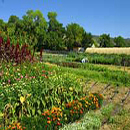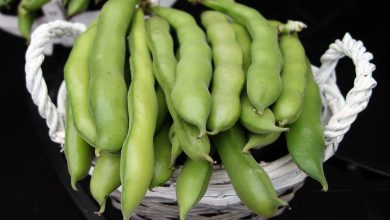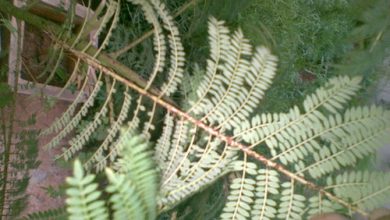How to Fertilize a Hibiscus: The Complete Guide – Sembrar100
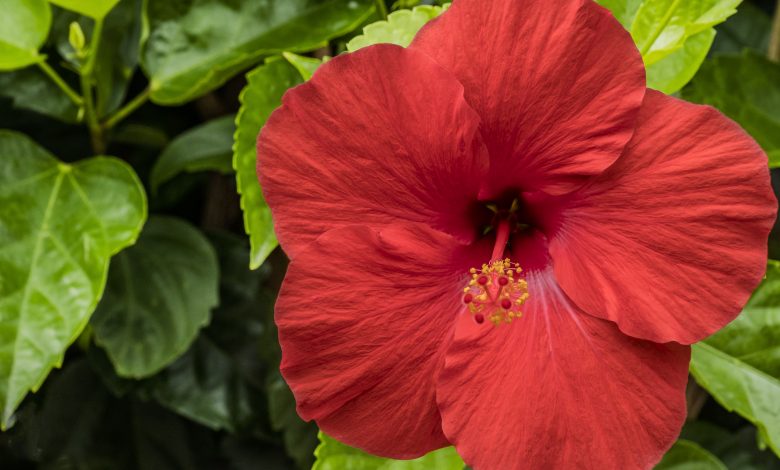
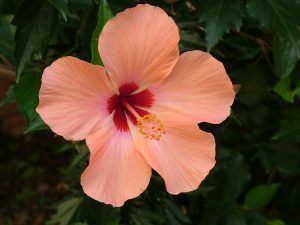 How beautiful are the hibiscus flowers and how colorful they turn the place where they are!
How beautiful are the hibiscus flowers and how colorful they turn the place where they are!
And the fact is that the shades and mixtures of colors that you can achieve with this species are so varied that it seems almost impossible not to turn to look at them when you pass them by.
Achieving that bloom that steals sighs is more possible today than ever because you will only have to apply certain knowledge in terms of subscribers.
Here we will tell you everything (without keeping any details) about what you should know about hibiscus fertilizer. Shall we see it right away?
Why is it important to fertilize hibiscus?
If what you want is to enjoy a plant full of flowers in spring or summer, it sounds like a more than interesting reason to deal with the issue of fertilizer. Being the hibiscus a kind of flowering plant, the subscriber is an essential part of the process of improving flowering.
And although it is true that this is its main objective, it also helps in other areas such as the establishment of a strong structure of the plant and the good health of the specimen. Both aspects are closely related to quality flowering, since it is logical that a weak or sick plant cannot give spectacular flowers.
How often should we pay the hibiscus?
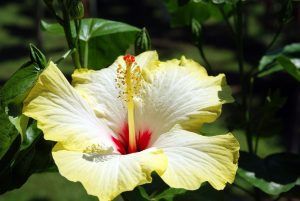 The fertilization period will occupy the warm months of the year that coincide with the flowering stage. That is, spring and summer.
The fertilization period will occupy the warm months of the year that coincide with the flowering stage. That is, spring and summer.
In these times, it will be necessary to apply liquid fertilizers (preferably) through the irrigation water once a month.
Consider that it is recommended that you apply them at times when the sun is not very strong so that the land takes better advantage of the enrichment and nothing is lost due to the effect of evaporation.
What nutrients do hibiscuses need?
Hibiscus need to have balanced nutritional levels to efficiently manage all their processes.In the growth and reactivation stage that occurs during the spring season, the greatest need is for nitrogen (N).
However, when it comes time to flower, nutritional needs shift towards potassium (K) first and phosphorus (P) second.
With the issue of micronutrients, you have to be very careful because sometimes they are not considered as important because they are needed in small quantities. The reality is that they are just as important because many of the internal processes depend on them.
In fact, when some micronutrient is higher than it should be, it could lead to the plant not being able to absorb the rest efficiently. A kind of blockage occurs that will lead the plant to suffer alterations at a structural level and, of course, in flowering.
What kind of fertilizers do hibiscuses need?
Fertilizers that are water soluble and designed for flowering plants are ideal for hibiscus for two specific reasons. The first is that they facilitate the application process because it coincides with irrigation and, in this way, the roots are much more capable of absorbing nutrients quickly.
The second is that they contain the specific nutrients that are essential at this stage and with which the plants will be much better off. There are homemade fertilizers that comply with these principles and are very useful around this matter. For example, the infusion of banana peels.
Other organic fertilizers can also be useful for fertilizing hibiscus at other stages of the crop. For example, organic matter such as well-fermented manure can be used at the beginning of spring so that the plant re-greens with energy.
However, this is a subscription that you will not apply frequently, like the monthly rate that we mentioned above, but a couple of times a year. The second can be in the first half of autumn because it will serve to strengthen its structure so that it can withstand the winter season.
How do we prepare compost for hibiscus?
The preparation of compost for hibiscus is quite simple in all cases. Let’s look at each of those mentioned in the previous section.
Water-soluble fertilizers for flowering plants
These are for commercial sale and, as their name indicates, they are worked by diluting the product in water and then adding it if it were an irrigation.It is important that you follow the manufacturer’s instructions to avoid problems due to excess or deficiency in doses.
homemade organic fertilizers
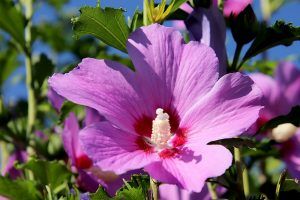 In this second group we have options such as homemade manure or banana peel infusion.
In this second group we have options such as homemade manure or banana peel infusion.
You can make the infusion by boiling the shells and then straining to apply as if it were an irrigation. The water should be cool, not lukewarm.
In the case of manure, it is essential that it is well decomposed to avoid damage by microorganisms in crops. In addition, the nitrogen content of the manure is very high and could become harmful to the plants.
Remember that this fertilizer will have to be applied sporadically.
How do we detect if the hibiscus need fertilizer?
The hibiscus is a fast growing specimen that also produces a significant number of flowers in each cycle. That a plant does not have a behavior adjusted to these principles, already gives us a sign that something is wrong in its structure.
And from there, it is probably about nutritional problems that you will have to attend to with fertilizers. Also consider situations such as having yellow leaves, pale flowers, not being vigorous, among others.
Hibiscus fertilizer is a great alternative to keep your plants healthy and beautiful throughout the season. Consider that it is not only about seeing them bloom (although it is a fact that it is the main thing) but also that they are healthy.
Whichever fertilizer you choose, the important thing is to ensure that the nutritional contributions are appropriate. And that does not mean that you have to spend a lot of money, because as we have already seen, there are homemade options that also offer very good results.
Bibliographic references
- EFFICIENCY OF ORGANIC FERTILIZERS IN THE CROP OF FLOR DE JAMAICA (Hibiscus sabdariffa L.), MOCACHE–LOS RÍOS, CML NICOLE – 2020 – cia.uagraria.edu.ec
- APPLICATION OF ORGANIC FERTILIZERS IN THE PRODUCTION OF THE FLOR DE JAMAICA CROP (Hibiscus sabdariffa L.), HIGUERÓN SANTA CAMPUS…, RCK JANNETH – 2020 – cia.uagraria.edu.ec
- Morphological evaluation of Okra (Hibiscus Esculentus) in the open field with the use of organic fertilizers supplemented with foliar fertilizers in areas of the…, CA Castro Pineda, JT Guamán Ajila – 2020 – repository.uea.edu.ec
- Evaluation of different types of fertilizers in the yield of the Jamaica crop (Hibiscus sabdariffa L.), S Aguirre Acuña, G Muñiz Guevara – 2003 – repository.una.edu.ni
- Application of chicken manure and ammonium sulfate in the production of roselle (Hibiscus sabdariffa L.) in Guerrero, Mexico, E Solís de la Cruz, M Taboada Salgado… – … of Agroplasticulture. 4…, 2003 – sidalc.net
Maybe you are also interested in:

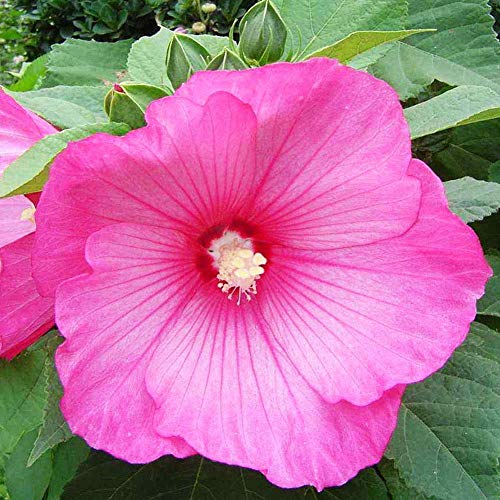
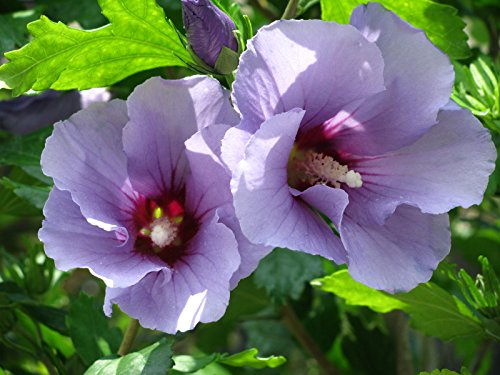

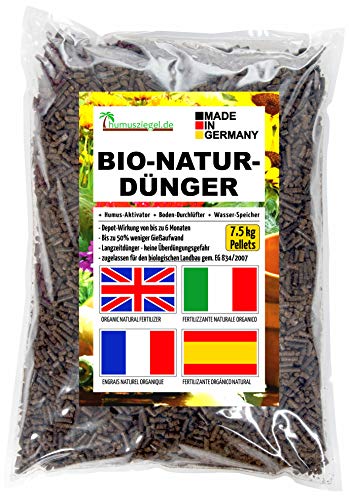
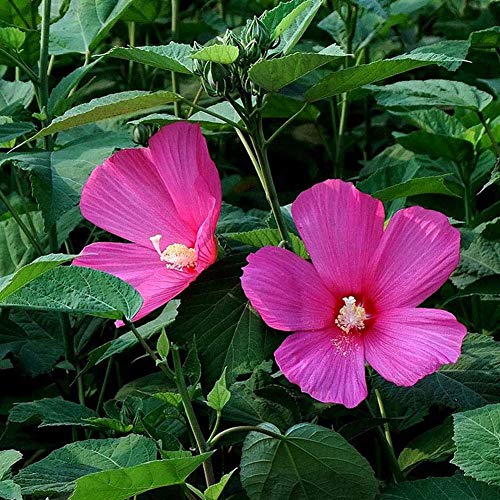
![Photo of Kaki Irrigation: [Needs, Frequency and Procedure]](https://www.complete-gardening.com/wp-content/uploads/2021/06/kaki_arbol_1623360784-390x220.jpg)
